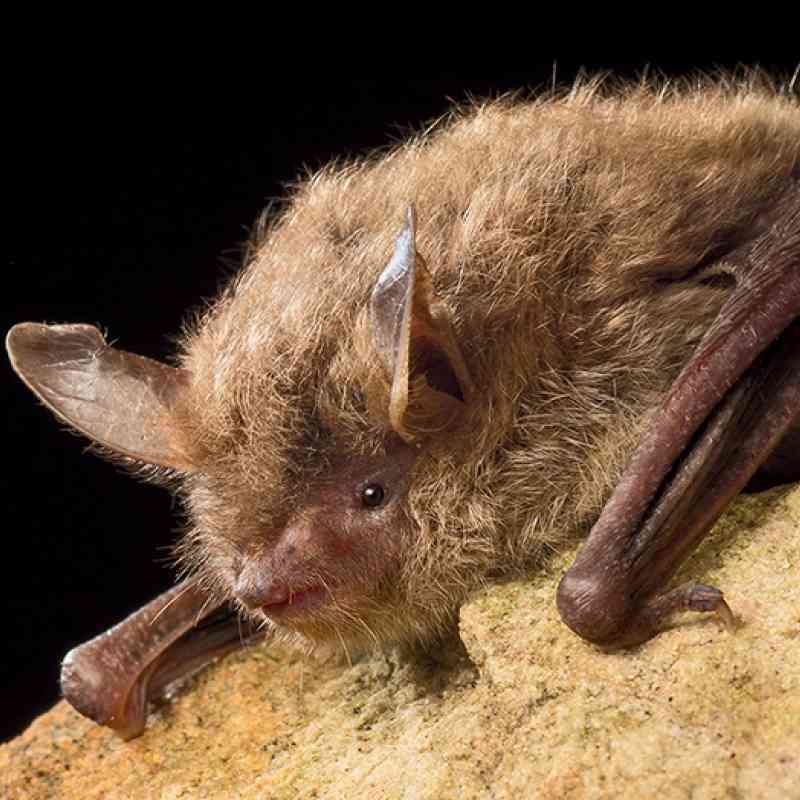Defenders of Wildlife asks drivers to watch out for wildlife
(05/24/2010) -ST. PETERSBURG, Fla. (May 24, 2010) – Three endangered Florida panthers were killed by vehicles in the last three days on one very dangerous road: Tamiami Trail/U.S. 41. The casualties include a 5 to 6 year-old male panther, killed Friday near Monroe Station in Big Cypress National Preserve; a 5 year-old female panther discovered Saturday on U.S. 41 just west of Collier Seminole State Park; and a 6 to 8 month-old male panther kitten killed Sunday on U.S. 41 a mile and a half east of CR 951. Biologists are concerned that this kitten’s mother may be at risk as she searches for him. In addition, the female panther found Saturday had two seven-week-old kittens, who will not be able to survive without her.
“Tamiami Trail is not just a U.S. highway. It is a two-lane rural road that cuts through prime panther habitat,” said Elizabeth Fleming, Florida representative for Defenders of Wildlife. “Truckers, tourists and residents traveling through the area need to be aware of the special characteristics and conditions of this road. The panthers discovered this weekend should serve as a sobering reminder that we all have to do our part to protect the Florida panther and watch out for wildlife while we drive through their habitat.”
There are just over 100 panthers in Florida today, up from a low of 20 to 30 individuals 20 years ago. This number is still dangerously low and vehicle strikes are a major cause of death for the panther. Since 1981, 141 panthers have been killed on Florida roads – more than half killed by vehicles in the last nine years. Panther road-kill has been on the rise in recent years, and hit a grim new record last year with 17 panthers killed by cars and trucks. The panther killed Sunday is already the eighth panther killed by a vehicle in 2010.
Fleming believes that this dramatic upswing is a result of an increasing panther population experiencing loss, degradation and fragmentation of its habitat, combined with an increasing human population, more roads and more cars traveling in panther habitat. “We’ve confined panthers to just five percent of where they once roamed in the southeastern U.S. and now they are dying on our roads as they try to reclaim parts of their original range,” she said. “This Memorial Day weekend, we hope that Florida drivers will be particularly careful as they pass through prime panther habitat on roads like the Tamiami Trail.”
Background:
U.S. 41 has long been a deadly road for motorists and wildlife alike. Tourists from around the country and the world travel the road to marvel at the state’s natural resources and wildlife. Tragically, several horrific accidents have occurred when wildlife watchers slowed down or didn’t pull off the road far enough while observing wildlife. The area has cultural significance to Native American tribes and is special to hunters and other outdoor enthusiasts.
The Tamiami Trail, the segment of U.S. 41 that connects Naples with Miami, has a maximum posted speed of 60 miles per hour during the daytime, although many drivers exceed that speed. Speed limits are regularly exceeded in the two slower-speed panther protections zones -- through the Turner River area of Big Cypress National Preserve and along Collier Seminole State Park -- with nighttime limits of 45 miles per hour.
A combination of underpasses and adequate fencing has been extremely successful in reducing panther collisions with vehicles in the areas where they have been installed on I-75 and S.R. 29 since 1993 through Big Cypress National Preserve, Fakahatchee Strand State Preserve and the Florida Panther National Wildlife Refuge.
But while these crossings have been successful in reducing panther mortality, hunters and tribes feel the fencing has limited their access to public and sacred lands. Recent efforts to plan for wildlife crossings on U.S. 41 in Big Cypress National Preserve were met with vehement opposition over access issues. Instead of installing crossings and fencing, this summer the Florida Department of Transportation (FDOT) will install Roadside Animal Detection Systems (RADS) to alert motorists to the presence of panthers and other similarly-sized animals on the roadway, as work continues to find permanent solutions along Tamiami Trail.
Defenders urges that considerable efforts be taken to stem the deaths along U.S. 41. These include:
• The creation of a comprehensive wildlife highway safety plan for U.S. 41 from Naples to Miami.
• Increased law enforcement presence and enforcement of speed zones.
• Installation of additional signage, slower speeds and other safety measures along U.S. 41.
• Dedicated interpretive displays about the dangers to panthers and other wildlife along U.S. 41 at Big Cypress, Collier Seminole, Fakahatchee, Ten Thousand Islands and in urban areas on each end of the highway.
• Information made available to the traveling public through tourism and ecotourism operators.
• Displays in Southwest Florida and Miami airports about the need to drive carefully on U.S. 41 and other area roads.
• Efforts by Collier County and Dade County to publicize the need for motorists to be extremely alert and careful when traveling on U.S. 41.
• The protection of panthers along more highway segments by incorporating wildlife crossings, roadside animal detection systems and additional speed zones in appropriate locations by the U.S. Fish and Wildlife Service, Florida Fish and Wildlife Conservation Commission, southwest Florida transportation departments and area developers.
See what Defenders is doing to help protect Florida panthers.
###
Defenders of Wildlife is dedicated to the protection of all native animals and plants in their natural communities. With more than one million members and activists, Defenders of Wildlife is a leading advocate for innovative solutions to safeguard our wildlife heritage for generations to come. For more information, visit www.defenders.org.
Contact(s):
Elizabeth Fleming, (727) 823-3888Caitlin Leutwiler, (202) 772-3226
Defenders of Wildlife is celebrating 75 years of protecting all native animals and plants in their natural communities. With a nationwide network of nearly 2.2 million members and activists, Defenders of Wildlife is a leading advocate for innovative solutions to safeguard our wildlife heritage for generations to come. For more information, visit defenders.org/newsroom and follow us on Twitter @Defenders.

